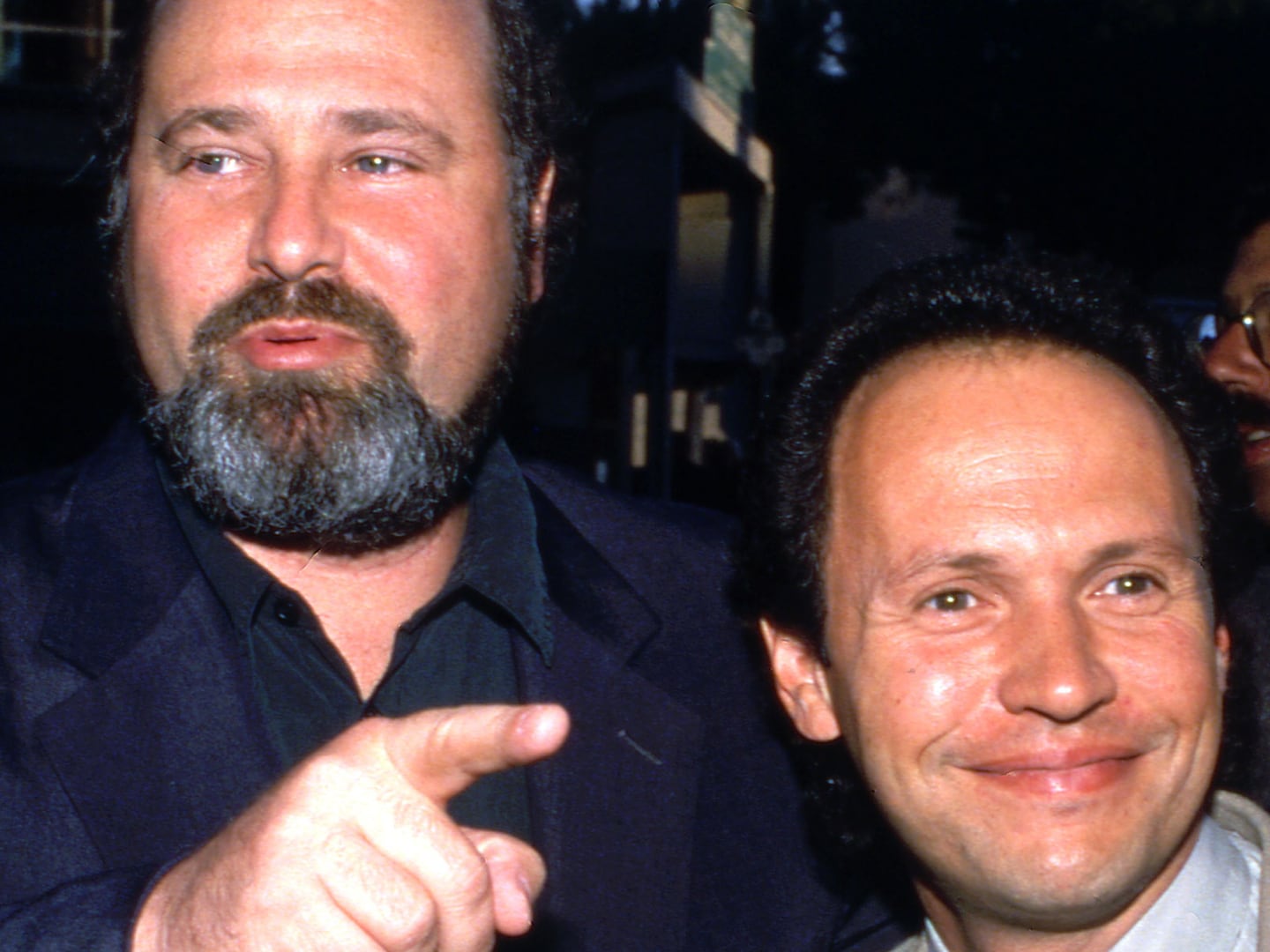Marvel’s Secret Invasion promises a bold departure from previous MCU series on Disney+. By stripping back the superhero elements that derailed previous shows, Marvel ostensibly wanted to create a grounded spy thriller, set in the franchise’s world and framework—as grounded as a show with shapeshifting aliens that squelch like garbage when they transform can be. The first impression viewers get from Secret Invasion, however, isn’t that it’s a tight thriller. Rather, the show distracts us from the show itself, with its discombobulating, slightly grotesque, AI-generated title sequence.
Secret Invasion’s ugly opening credits were made using AI imagery; so much so that someone named Sagans Carle—clearly a nom de guerre—receives credit on the show as an AI technician. Visual effects company Method Studios, which previously worked on the Disney+ MCU series Ms. Marvel and Moon Knight, developed the sequence using generative AI tools.
Thanks to AI, Nick Fury becomes a bulbous, pulsating version of himself in this sequence, before it shifts to cubist nightmares that grow and shrink; everything turns a sickly green. The title credits portray a series of facsimiles that evoke a certain aesthetic style but never capture it, as they gurgle in the roiling artistic soup that makes up AI tools’ datasets.
Ali Selim, director and executive producer of Secret Invasion, described the process of working with the company in an interview with Polygon, saying, “We would talk to [Method Studios] about ideas and themes and words, and then the computer would go off and do something. And then we could change it a little bit by using words, and it would change.”
This description of how the creation of the sequence worked will be familiar to anyone that has explored generating imagery through AI. And the results, as you’d expect, are emblematic of the uncanny, often uncomfortable imagery that AI grifters continue to tout as revolutionary.
Perhaps, as Selim suggests, there is a thematic resonance to the use of AI in the sequence. In an AI landscape that has reached such saturation that it’s started iterating on itself, the question of who you can trust becomes ironic when used it a project like this double-crossing spy thriller. Even AI models can’t tell what’s their own work and what isn’t.
But neither that nor Selim’s admission that he doesn’t “really understand” how artificial intelligence works is an excuse for the sequence. His comments do, however, demonstrate the ignorance shared by members of both sides of the AI debate. That ignorance enables a company like Disney to employ ethically ambiguous tools to create Secret Invasion’s title sequence, but it also encourages people to erroneously brand AI, regardless of its application, as bad.
None of this is to say that what Disney has done here isn’t bad. Whether the way AI iterates on existing art is fair use or not is hotly debated—including in multiple lawsuits—but everyone involved in this decision had to know how viewers would react to AI’s use here. This sequence is a choice, one that only amplifies the negative conversation around AI. It certainly has already landed poorly with many viewers, including those who worked on Secret Invasion in other capacities or work in the tech industries.
That’s deserved, to a point. Iterative AI doesn’t create art from a vacuum; it learns from datasets that include millions of images, including those from artists who never gave consent for their work to be used that way. That’s absolutely something we should be concerned about. It’s why I can’t blame anyone, as media layoffs reach a fever pitch and the WGA remains on strike over, at least in part, job protections from AI, for regarding this as salt in the wound.
AI’s bad reputation does, however, result from the conflation of AI’s proper applications with the gross ways that gross people are using it. That is the real shame of this situation. While Midjourney, the most regularly evoked image generation tool that’s likely used in Secret Invasion’s title sequence, may be AI, AI isn’t Midjourney. Something that escapes many commentators is that AI is a concept, one that is implemented in many ways. And the vast majority of those ways aren’t just ethical, but they’re also exciting.
We’re already seeing AI used to improve conditions in the superhero media landscape. Into the Spider-Verse (and we can assume the same is true for the newly released Across the Spider-Verse) used machine learning—another application of the AI concept—to create leaner processes for animators. Machine learning didn’t replace anyone or cut corners. Rather, it functioned as an assistive tool for mechanical animation tasks, based on a set of rules and images created by those same animators, such as moving faces.
In other spheres, AI is making huge strides in the field of digital accessibility. Live captions, like those provided by Zoom, are AI implementations, and they’re getting better and more accurate every day as a result. In the gaming industry, in the last month alone, machine learning has been applied to the creation of an affordable alternative to expensive head-tracking hardware, while independent developers are experimenting with generative AI to create live audio descriptions in games that otherwise don’t include it.
That’s just a handful of examples of the breadth of interesting, ethical, and downright cool applications AI is being used for. And what’s important to remember is that none of this is new. Sincere students of AI understand that AI is at its best when it augments us or makes things possible, a la the use of it in Into the Spider-Verse. The idea that AI might replace human input, however, is new. This fear is driven by people who see it as a way to cut corners and save money, to the detriment of both workers and, in Disney’s case, viewers.
All of this probably makes what Disney has done with Secret Invasion’s title sequence worse. We can claim ignorance of how AI works, including, apparently, the directors of projects that use it. But there's so much information out there, and AI has been around so long, that we should really know better by now than to use it in unethical, unappealing, and upsetting fashions.
Just because companies like Disney are getting caught in the hype cycle that’s developed around iterative AI doesn’t mean we should write off AI altogether. Yes, we can recognize Secret Invasion’s title sequence and the precedent it sets for what it is: gross, cynical, and very on-brand for Disney, if we’re honest. We can rail against it and push back against what is the use of a morally ambiguous model of AI. But we shouldn’t forget the amazing things that AI is doing behind the curtain of bad publicity circling around it, thanks to attitudes and actions like those at Disney.
Bad faith applicators of AI try to persuade us to love the bomb, driven by the understanding that this is all trendy ephemera. The grift, like all grifts (heard from NFT-bros lately?), is already crumbling under its own gravity. Still, it can do an enormous amount of damage in the short time it’s with us, especially if Disney continues to use AI to undermine real artists by continuing with the precedent it has set with those already controversial Secret Invasion credits.
Like all tools, AI can be misused, but take it from someone who spent ten years as a designer and is now a journalist—whose entire livelihood is basically based on “AI is coming for our jobs” bingo: AI has amazing potential.
Be optimistic, please—though perhaps tinge that optimism with caution for now, because for all the amazing things AI can do, Disney chose to use it to make this terrible opening for Secret Invasion.






